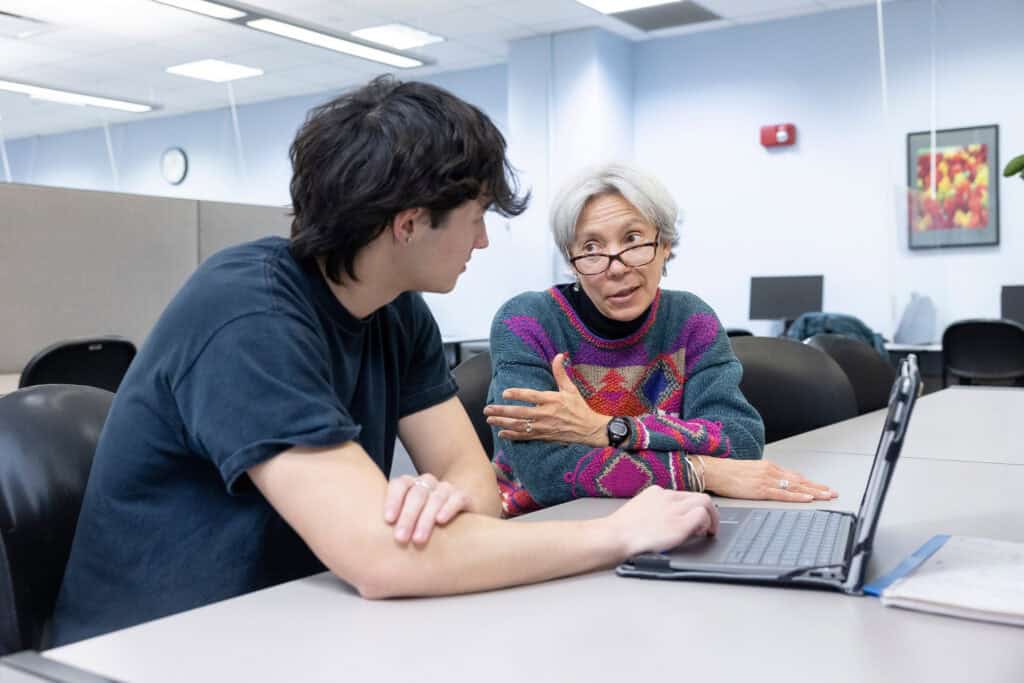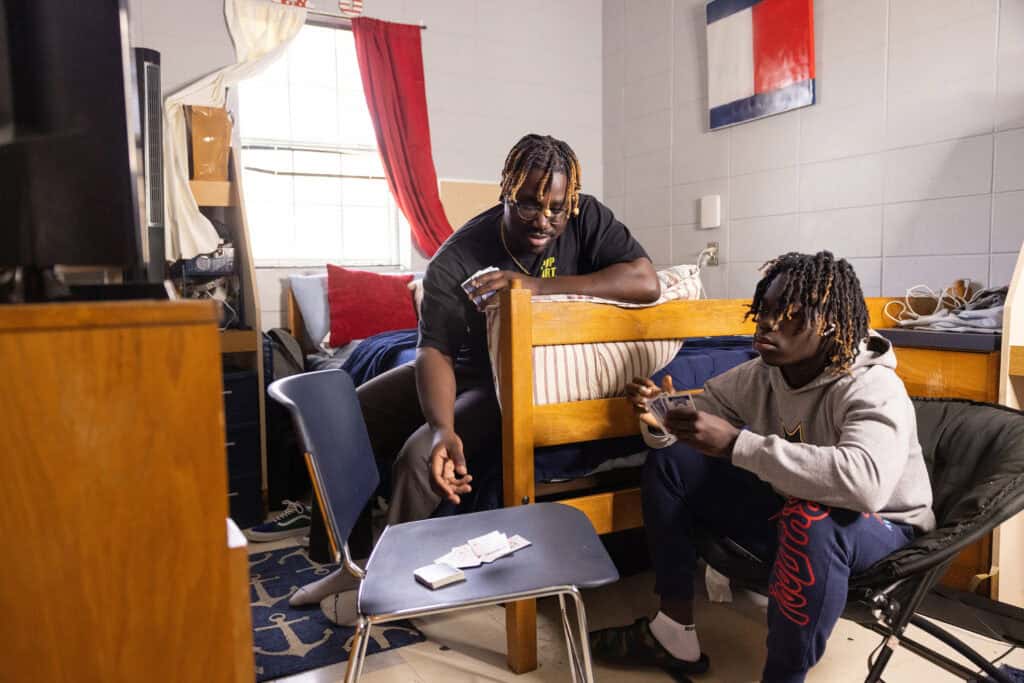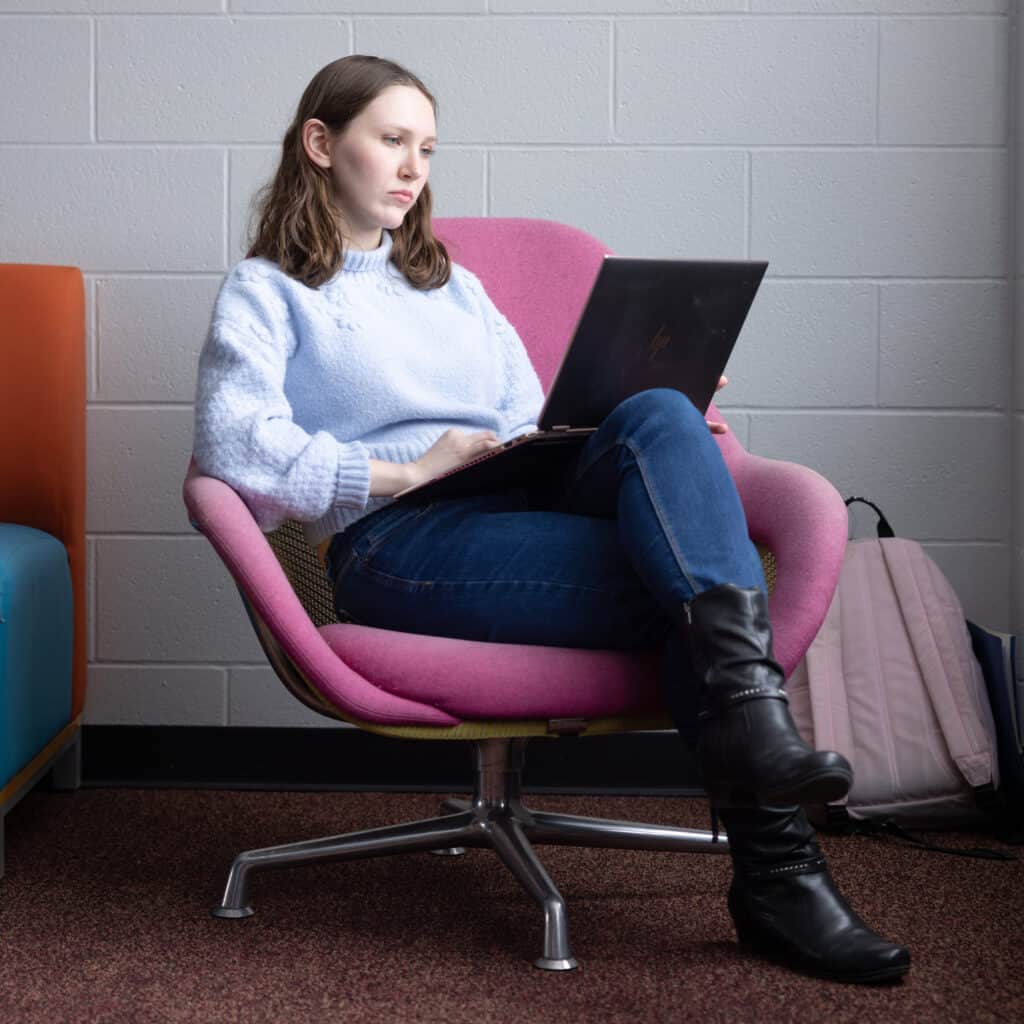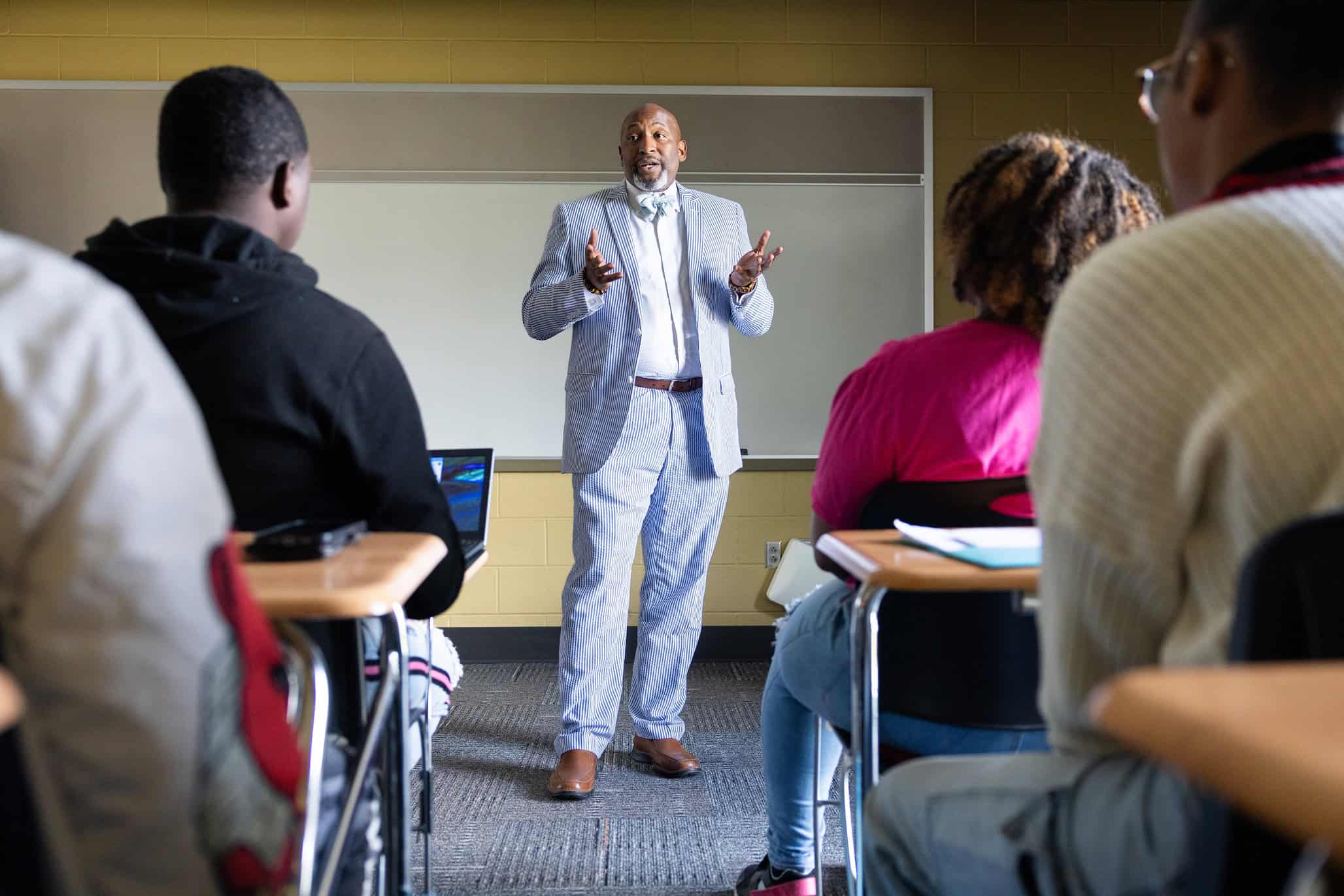Approaching Challenges
with Purpose
Our students are unique, and so are their challenges. We identify and address the challenges and problems within the system with honesty and clarity. And know that no one educator, department, institution, or state can solve these challenges. Without a simultaneous and intersectional approach, those barriers will continue to rob all of us – educators, advocates, and students alike – of the life-changing benefits of a complete college journey.
<20%
of community college students graduate in two years.
75%
of low-income or first-generation students who enroll in college leave without a job related to their studies or without entering graduate school.
~50%
of excess credits result from unclear or inconsistent advising, unavailable courses, transfer issues, or degree requirements.
Unclear Paths
Higher education is a series of major decisions and critical milestones — getting in is just the first hurdle. Most universities offer little guidance about a course of study, leading students to accumulate excess credits, spend more time on their degree, or give up altogether.


Structural Barriers
Many students struggle with unclear course sequences, scheduling challenges, and tightly structured programs that come up on the path to a degree or credential. It’s a long and winding road for them, one that can feel impossible to navigate.
Stalled Progress
Colleges often fail students by declining to give them credit for prior coursework, offering developmental education sequences that don’t serve their needs, or even neglecting to inform them how to stay on track to graduate on time.


UnMet Needs
Some student populations experience hardship at greater rates than others. Many find themselves juggling major concerns like food insecurity, financial issues, and childcare outside the classroom and many institutions are poorly equipped to identify and meet those needs.

